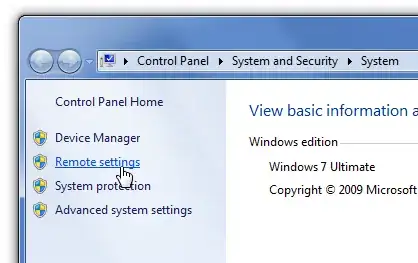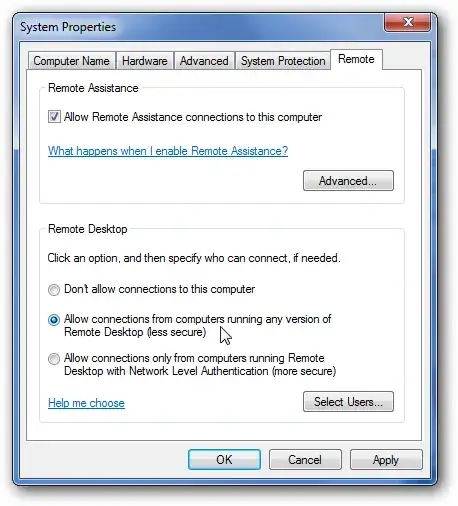right now I'm toying around with VM Ware stuff and not having any pcs then my laptop I decided to run an ESXi Server inside of VWmware Workstation. I was just curios to see if the server would allow to setup and run a VM. And after some tweaking there it was, working like a charm. Okay not that fast but startin' the VM from vSphere and "opening a console" gave my direct access to that VM.
Now I wanted to see if I could ping the host from the VM (VM Workstation Network is set to "host only"). And it worked, at least from the VM I could ping the ESXi server and the host. From the host I am able to ping the ESXi Server but I can't ping the VM!
I asked myself anyway where the VM got its ip adress from. At the DCHPs IP there is at no machine after all. I even tried to use that DHCP adress for my Host and it didn't work out.
You can see my settings from the screenshot here (it's pretty wide so just a link): http://yfrog.com/n4desktopfeop
The only thing that got me thinking was when I once changed the ESXi's IP from 192.168.92.137 to 192.168.0.137. I still was able to connect to the ESXi server via its new IP but when I tried to run the VM console from vSphere I got an error after a while that said "couldnt connect to 192.168.92.137:903".
So vSphere connects just through a port of the ESXi server to the VM?!? Could I setup a Linux VM to use it as a DHCP that I'd at least have control over the IPs that are given. Which lowest end linux could be used for this purpose?!?
Thank you for your time! :)


